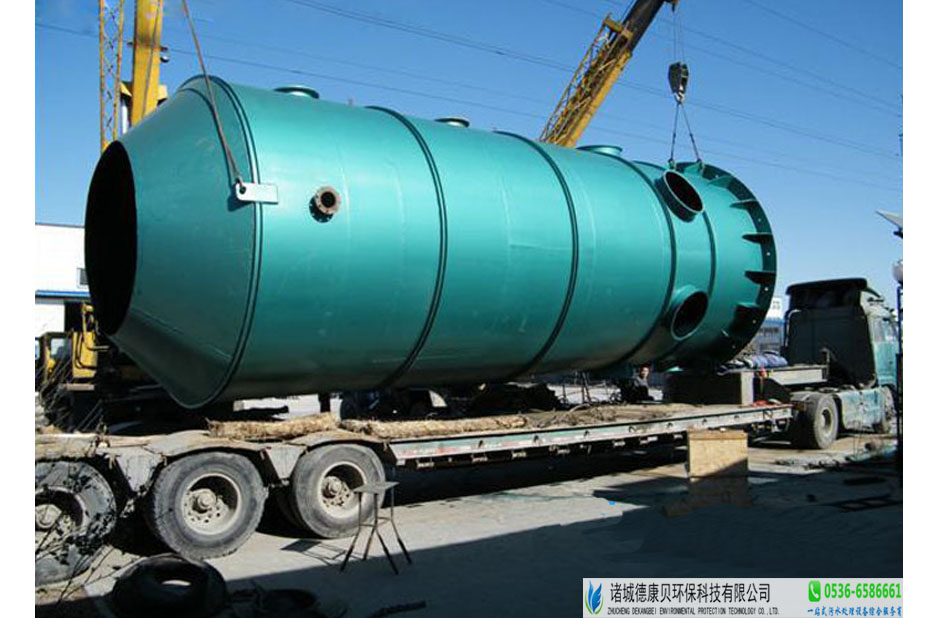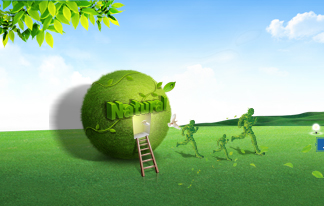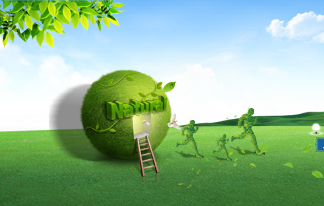Slaughter Wastewater
Aquaculture sewage treatment equipment
Date:2017-03-21 15:30:07 From: Browse times:

Basic methods of wastewater treatment
The principle of waste water treatment is to separate or decompose the various pollutants in the waste water and water to make it deteriorate. Therefore, in order to understand the general situation of sewage treatment methods, it is necessary to understand what kind of pollutants in water and their physical and chemical properties. In general, pollutants can be divided into three forms, namely: suspended substances, colloidal substances, dissolved substances. However, it is difficult to make a strict division, which is usually based on the size of the pollutant. The particle size of suspended particles was 1~100 m, the colloid particle size was 1nm~1 m, and the particle size was less than 1 nm. The difference of the particle size of pollutants in wastewater treatment has a great influence on the treatment difficulty. Generally speaking, the most easy to deal with is suspended, and the smaller size of colloidal and dissolved matter is difficult to deal with. That is to say, easily suspended by precipitation, filtration and water separation, and colloidal matter and dissolved substances must use special material to condense or by chemical reaction to its increase to suspension, reuse or special biological membrane, adsorption, filtration and water separation.
The basic method of sewage treatment is the use of a variety of technical means, will be removed from the waste water containing pollutants to remove, recycle, or convert it into harmless substances, so that water purification.
Modern sewage treatment technology, according to the principle can be divided into physical treatment, chemical treatment and biological treatment of three categories.
1) physical treatment: the use of physical separation of suspended solids in sewage. The method includes: sieve filtration, sedimentation, flotation, flotation, filtration and reverse osmosis.
2) chemical treatment: the use of chemical reaction, separation and recovery of waste water in various forms of pollution (including suspended, dissolved, colloidal, etc.). The main methods include neutralization, coagulation, electrolysis, oxidation reduction, stripping, extraction, adsorption, ion exchange and electrodialysis. The two methods are combined into physical chemical treatment.
3) biochemical treatment: the use of microbial metabolism, so that the waste water in the dissolved, colloidal state of organic pollutants into harmless substances. The main methods can be divided into two categories, that is, aerobic aerobic method (aerobic oxidation) and anaerobic (anaerobic reduction) method. The former is widely used in the treatment of city sewage and organic wastewater, the activated sludge and biofilm two; the latter is used to generate the treatment of high concentration organic wastewater and wastewater treatment process of sludge, is now used for city sewage treatment with low concentration organic waste water.
In addition to the above two types of biological treatment, there is a natural biological treatment using pond and soil treatment. The method of natural biological treatment is divided into two methods: stabilization pond and land treatment. Stabilization pond called "biological pond", is the appropriate dressing after artificial land, a dike and impervious layer of sewage pond, mainly rely on natural biological purification function of the sewage is a biological wastewater treatment technology of purification. Stabilization pond is divided into aerobic pond, anaerobic pond, precision processing pond, aeration pond; land treatment is under controlled condition, the sewage dosing in the land, through the soil plant, the sewage is a natural biological treatment technology of wastewater treatment purification. Land treatment can be divided into wetlands, slow infiltration, rapid infiltration, overland flow, sewage irrigation.
There are many kinds of pollutants in aquaculture wastewater, so it is necessary to combine several methods to reach the discharge standard.
Previous:Slaughtering sewage treatment equipment
Next:










